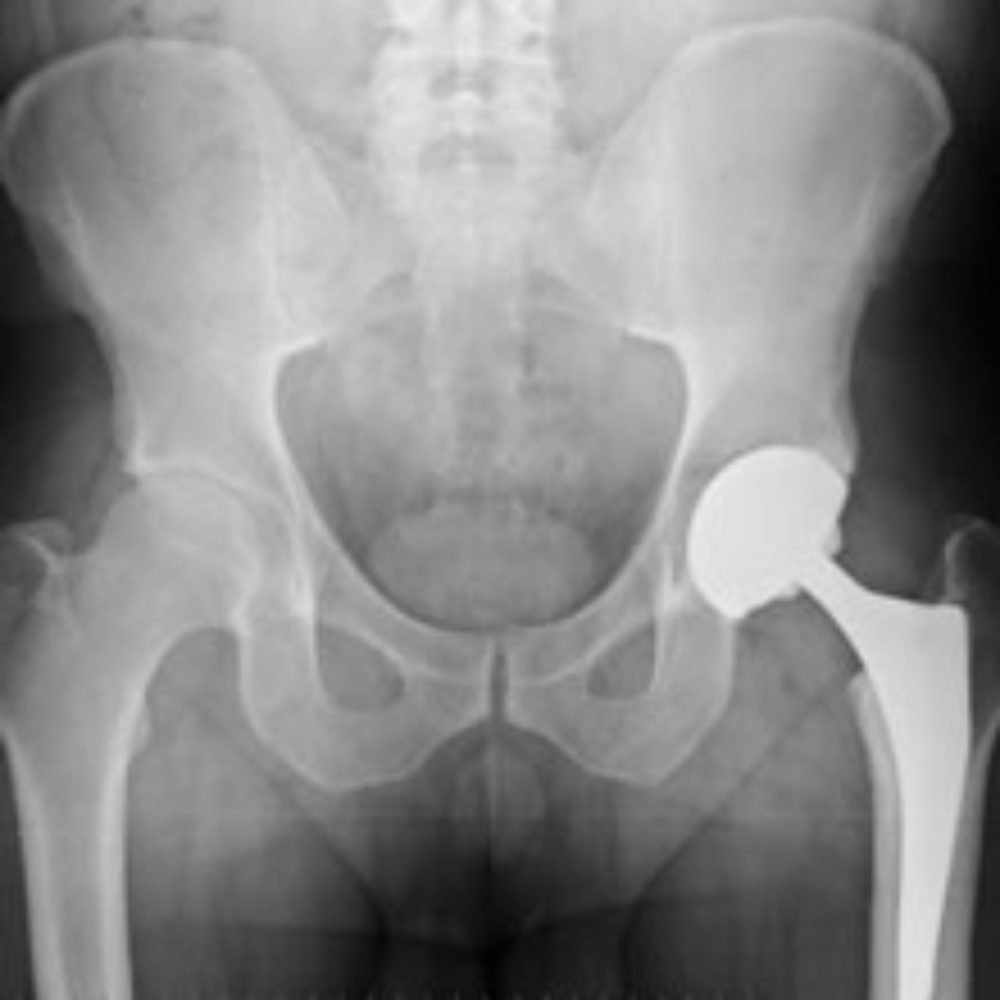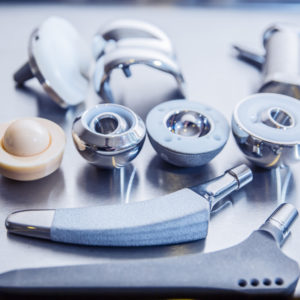DePuy Hip Failure Rate Estimated at 37% Following Recall: Report

According to an internal analysis by a Johnson & Johnson subsidiary, the medical device manufacturer estimated that nearly 40% of all recalled DePuy ASR hips would fail within five years of being implanted.
A report by the New York Times on Tuesday described recently released documents, which indicate that Johnson & Johnson determined that the DePuy ASR hip failure rates may be substantially higher than were indicated at the time the company removed the metal-on-metal implant from the market.
When the DePuy ASR recall was issued in August 2010, the manufacturer indicated that data suggested between 12% and 13% of the hip implants were failing within five years. However, the New York times reports that the company’s own analysis estimated that 37% of individuals who received the implant were likely to experience problems with loosening or failure of the component.

Learn More About
Lawsuits are being reviewed for several different dangerous and defective hip replacement systems.
Learn More About this Lawsuit See If You Qualify For CompensationThe estimates are similar to numbers reported in a British implant registry, which the manufacturer has previously attempted to downplay publicly.
Unlike traditional hip implants, the DePuy ASR features an all-metal chromium and cobalt design. According to allegations raised in the lawsuits, problems with the DePuy ASR hip may occur as microscopic metal particles are released into the body as the metal parts rub against each other. This could resulted in metal blood poisoning or metallosis, which increases the risk of the device loosening or failing, according to allegations raised in lawsuits filed by individuals throughout the United States.
First DePuy ASR Hip Lawsuit Trial To Begin
The records have come to light as the first DePuy ASR hip lawsuit prepares to go before a jury this week, in what will be the first trial out of more than 10,000 cases pending against the medical device manufacturer by individuals who experienced problems from the metal-on-metal implant.
Trial is scheduled to begin on Friday in California Superior Court in Los Angeles, involving a lawsuit filed by Loren and Sheryl Kransky. The case received an expedited trial date because Loren is suffering a terminal cancer.
The case is expected to involve dozens of witnesses and will be closely followed by all DePuy hip replacement lawyers involved in the lawsuits, as the outcome may help the parties gauge how juries in other cases are likely to respond to evidence and testimony that will be repeated throughout the litigation. The outcome may help the facilitate additional negotiations to settle the DePuy hip lawsuits.
A settlement agreement was reached in an earlier DePuy ASR case, which was scheduled for trial to begin in December in Nevada state court.
Last week, Bloomberg News reported that Johnson & Johnson has offered to pay more than $200,000 to settle each DePuy ASR case, which could result in a total payment of more than $2 billion to resolve the litigation. However, attorneys involved in the lawsuits have reportedly rejected the offers so far, indicated that they do not provide sufficient compensation for injuries caused by the recalled hip.
DePuy Internal Analysis Revealed High Failure Rate for DePuy Hip
At the time of the DePuy ASR was removed from the market, DePuy Orthopaedics publicly stated that they estimated the hip replacement failure rate was about one out of every eight implants within five years. A subsequent analysis by the National Joint Registry for England and Wales in September 2011 found that the implants appeared to have a 29% failure rate after only six years. However, it now appears that the manufacturer’s own analysis around the same time suggests that data was actually conservative.
DePuy Orthopaedics reportedly conducted an analysis of ASR hip failures in 2011, about a year after the DePuy ASR metal hip implant recall. While company officials have suggested that their analysis was small and could not be used to generalize total ASR artificial hip failure rates, it appears that their internal estimates suggested that more than one out of every three hip replacements could fail within five years.
Get more articles like this sent directly to your inbox.
"*" indicates required fields






0 Comments